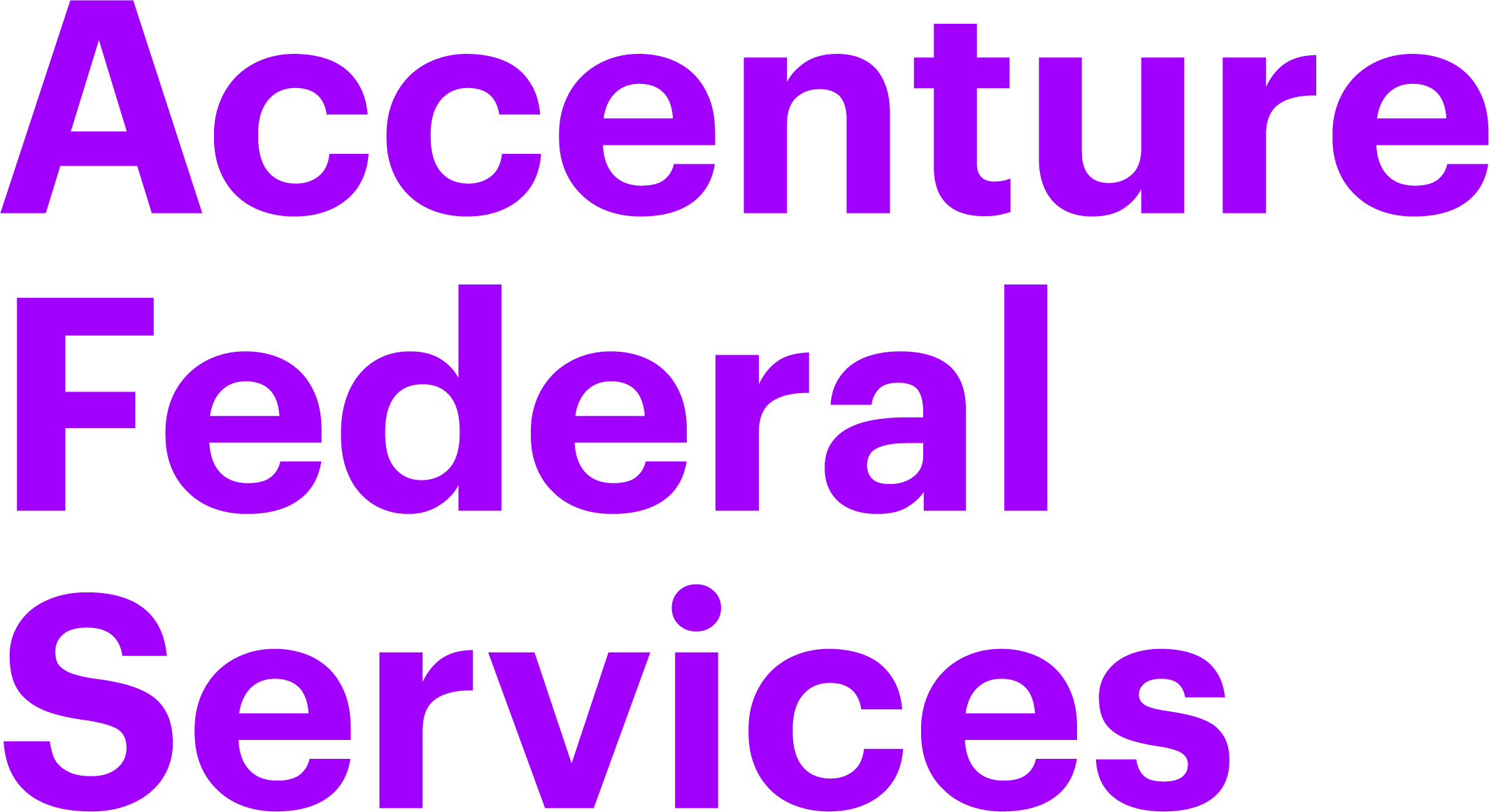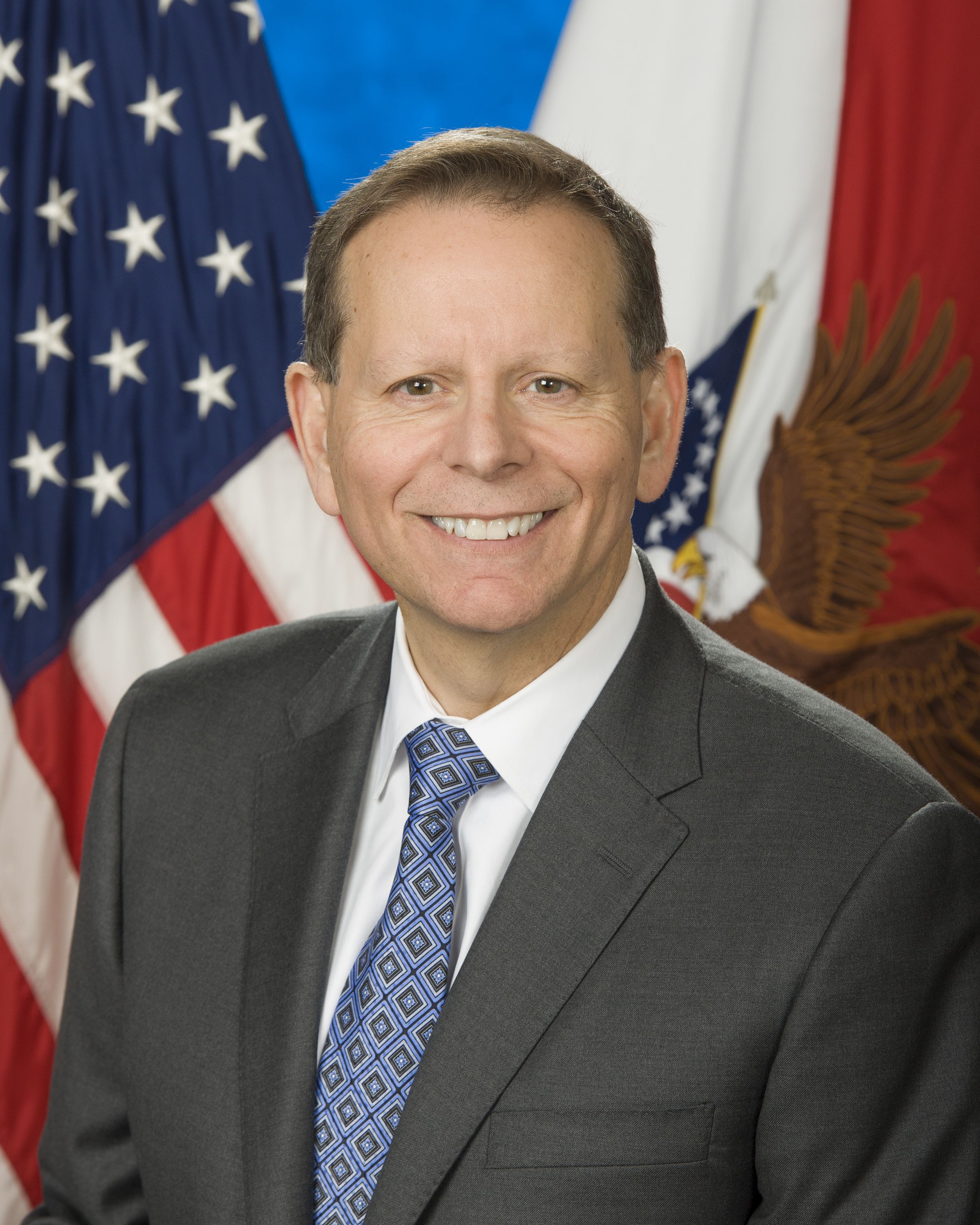sponsor content What's this?

iStock/SDI Productions
Q&A: Modernization Empowers VBA to Make More Impact for Veterans
VBA Under Secretary Paul Lawrence and Accenture’s Shawn Roman weigh in on how the agency is slashing backlogs and overcoming challenges to deliver new and existing benefits to Veterans more quickly and efficiently.
Presented by
Accenture Federal Services

Paul Lawrence, Under Secretary for Benefits at the Veterans Benefits Administration, has a lot to be proud of lately. After being confirmed to his position in Spring 2018, Lawrence has set out to deliver benefits like disability compensation, pensions, home loan guarantee, education and more to Veterans more quickly, efficiently and effectively than ever before — and he’s succeeding.
In late 2019, backlogs for claims and appeals at the VBA reached a historic low. There were just a little over 64,000 claims that had been pending for more than 125 days in November 2019; compared to a backlog of 611,000 claims in March 2013 — the difference is striking.

It’s not just backlogs Dr. Lawrence and the VBA have been contending with. Over the last two years, several bills have come into effect, including: The Harry W. Colmery Veterans Educational Assistance Act, or the “Forever GI Bill,” which aims to enhance and expand Veterans education benefits; the Blue Water Navy Vietnam Veterans Act, which provides benefits for those affected by Agent Orange exposure, and the Veterans Appeals Improvement and Modernization Act (AMA), which looks to overhaul the current appeals process. Now, it’s up to Dr. Lawrence and the VBA to effectively incorporate these new claims into their existing system and continue improving delivery.
Even with new challenges and programs, Dr. Lawrence and his team are confident they have the infrastructure, tools and know-how necessary to continue improving the delivery of benefits to Veterans. This is why Dr. Lawrence has launched the #BestYearEver social media campaign, aimed at communicating how VA is serving Veterans by delivering faster, more innovative and efficient solutions in Fiscal Year 2020.
A major part of the VBAs current success, which they’re hoping to build on further as they continue to process and streamline claims, has been their IT modernization efforts. One example is working with Accenture to help develop the IT rules and infrastructure around the Colmery Act and shifting parts of Loan Guaranty’s key capabilities to the cloud.
To learn more about how the VBA is working to overcome new challenges and how tech innovation has helped the agency achieve historic goals, we caught up with Dr. Lawrence and Shawn Roman, Managing Director, and Client Account Lead for the U.S. Department of Veterans Affairs & Military Health System at Accenture Federal Services.
GEMG: Dr. Lawrence, you’ve started a movement with #BestYearEver. Can you talk a little bit about what that means and how you are measuring it?
LAWRENCE: After we’d seen so much success in 2019, to push the envelope in terms of claims delivery and lowering backlog, I challenged our people to reflect on what it is going to take to go the extra mile to deliver unbelievable services to our Veterans in 2020, which is what became our #BestYearEver campaign.
The campaign has three components: First, for Veterans, we will produce at the highest levels we’ve ever had in terms of delivering their benefits. Second, for our staff, we will be as good as we can be in terms of developing, nurturing and coaching them. Third, for our stakeholders — these are traditionally the groups that represent Veterans — they rightfully ask a lot of us in terms of engagement and communication, and so we are committed to going out of our way to ensure we’re meeting their needs.
Already, we’re seeing this come together. Even now at a time when everyone is teleworking, we’re seeing our production be some of the highest we’ve ever seen.
GEMG: What are some of the priorities that the VBA is focusing on now? What is the impact on beneficiaries and what is the timeframe for these changes?
LAWRENCE: The Blue Water Navy Act, which was signed into law in June 2019 and took effect on Jan. 1, 2020, has certainly been top of mind for us. The interesting — and challenging — thing was setting in place our ability to process these claims effectively. We received from the National Archives about 28 million pages of ship logs from 1962 to 1975 — technically the time the Vietnam conflict took place — that had the paper coordinates recorded for about 1800 ships. Using this information, we built a tool that enabled us to find a ship during that time. So, if a Veteran comes to us saying they were on one of the ships in the Blue Water, we can see exactly where the Veteran was and, if they have certain conditions, we can award them the benefit.
Thanks in part to this tool, on Dec. 31, 2019, in Washington, D.C., which is actually January 1 in the Philippines, we began awarding benefits in our Manila Office, which allowed us to show our commitment to Veterans, awarding these benefits as soon as we possibly could. It will likely take 10 years to award all the benefits, but I’m happy to say we were able to begin processing claims as soon as possible.
Solid Start, which aims to ease the military-to-civilian transition for benefits, is another priority. Our goal with Solid Start is to help Veterans connect with the VA during the course of their first year as they transition back into civilian life. We achieve this through a series of three phone calls — one within the first 90 days, one around the six-month mark, and one around the end of the first year. Already, we’ve conducted around 50,000 phone calls, helping Veterans access benefits and care and taking the first steps to establishing a life-long relationship with them. We’ve seen a very positive reaction from Veterans so far.
Another large area of focus is the modernization of the systems we use to execute our loan guarantees for Veteran housing. As you can imagine, we interact with a tremendous number of financial institutions (who do the lending) as part of our guaranty service, so we need to make sure that our systems are well thought out and incredibly powerful and fast. In order to track, monitor, and engage in the market we released the VA Loan Electronic Reporting Interface, known as Valeri, and we continue to update that and bring a world-class financial perspective into how we serve our Veterans.
GEMG: You recently went live with the implementation of the “Forever GI Bill” rules for GI beneficiaries. What did that look like and what was different from the first implementation?
LAWRENCE: A large change with this bill was the basis of how a GI Bill student’s housing allowance was calculated expanded to include additional eligible campus locations. To accommodate this, we looked first to turn the new rules into computer codes so we could implement the changes automatically. But it quickly became apparent that we were not on the right track and needed a little more time, as well as expertise from a contractor — Accenture — who knew how to overcome our challenges, in order to ensure that the system was going to process these claims quickly and accurately. As a result of making these changes, on Dec. 1, 2019, we were able to begin processing these new housing allowances.
It wasn’t easy to do but the Forever GI Bill is incredibly important and so we were committed to finding a technology that would make it work.
GEMG: We have Shawn Roman from Accenture here as well — what role did Accenture play in the VBA’s success?

ROMAN: We were brought on as an end-to-end solution provider across technology and change management and we aligned with the entire stakeholder group to deliver the successful outcome for the Forever GI Bill program on Dec. 1, 2019. VBA Leadership was very transparent and clear in its goals and that allowed us to partner with OI&T to execute and support the program. We met weekly with Dr. Lawrence, the VBA team and the OI&T team to discuss and resolve challenges, and that helped us move quickly and keep the program on track.
LAWRENCE: Early on in the program, there were some huge challenges and in working through that it became clear that we needed a world-class systems integrator and software development firm. We were happy to have Accenture fulfill that position and provide the expertise and partnership we needed. The Veterans have benefited tremendously from the work they brought to bear on this problem.
GEMG: VBA plays a critical role in claims processing whether it be for education, home loans or even help with entrepreneurship and next stage success. What efforts are underway to modernize this process to make sure that Veterans receive the benefits they earned more effectively and efficiently?
LAWRENCE: This is the $64,000 question; we’re thinking about it at the VBA all the time. In a world where people are used to having access to easy, user-friendly experiences and technology, we are constantly trying to find ways to make sure our processes measure up, and that means modernizing our technology to meet those needs.
One of the main ways we’re looking to keep pushing modernization is with the creation of a new role, the Chief Productivity Officer, which I appointed a little over a year ago. Her job is to prioritize the projects that allow us to modernize the benefit delivery and to leverage those modernization efforts in ways that increase production.
GEMG: What are some of your plans for the future of VBA and how will you make your vision a reality?
LAWRENCE: Right now, we’re very focused on incremental, continuous improvement — making sure things are getting better all the time.
We’re also focused on transparency, ensuring that we clearly communicate with Veterans what we can deliver — and what we can’t — so that we can serve them appropriately.
GEMG: Shawn, how are you working with VBA in a way that is new and contributes to meaningful outcomes for success within VBA and Veterans?
ROMAN: Part of the way we're trying to support the agency is by working in the way they want to work. As they move to an agile, secure development environment to deliver products, we're supporting them on that journey. On top of that, we’re introducing innovation and our human-centered approach to design. Having a good understanding of the agency’s mission and business processes, we’re using our experience with both other agencies and the commercial sector to introduce disruptive thinking and help them continue to think about ways they can be more productive and effective in delivering these services and engaging with Veterans to realize meaningful outcomes.
To learn more about how Accenture can help your agency reach its modernization goals, visit Accenture.com/Federal.
This content is made possible by our sponsor. The editorial staff was not involved in its preparation.
NEXT STORY: Security at the Edge: District Defend® Takes on Government Security in the Age of 5G






